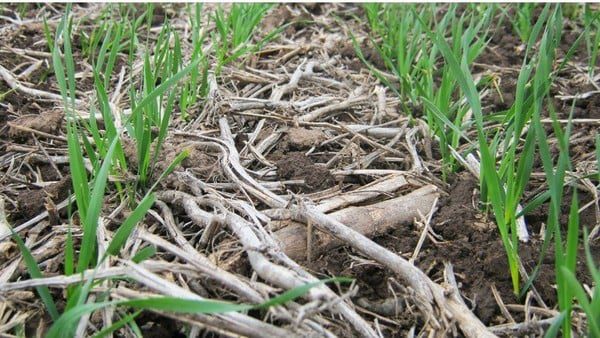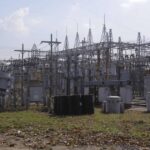Global Courant 2023-04-29 13:06:45
Before the consultation on the keys to take into account for the fertilization of wheat, Ing. Agr. Gustavo Ferraris affirmed, “this year we find ourselves with favorable input-output price relationships for the use of fertilizers, which is noticeable when we compare them with the values of the previous campaign. Fertilizers have significantly lowered their prices and are approximately one third the value they had last year.
Then he continued, “In this way, in terms of product, I need less quantity of grain to buy a unit of nitrogen, so that price relationships have returned that allow projecting an appropriate fertilization.”
“Now the limitation in the core zone is presented from another angle, such as the low moisture content of the soils. After three consecutive cycles with the La Niña process and the latter of an unknown magnitude for this zone, the soils lack moisture”.
Ing. Agr. Gustavo Ferraris
He also said that “With this context we need to replenish the reserves so that there is an interesting planting projection and from which the different technologies can be used.”
Could or could the war between Russia and Ukraine have influenced fertilizer prices?
It is probable that the war between Russia and Ukraine has influenced international trade and Russia, which is a strong supplier especially of nitrogen, has reduced its supply. In any case, Argentina is not such a strong comparator for Russia, and I think it is also due to certain commodity cycles, which offer up or down oscillations.
The crop capable of responding to phosphorus fertilization in plots with medium to high levels of that element.
Can there be a way that favors the use of fertilizers by plants despite the dryness?
The incorporation of fertilizers is a strategy that gained strength in recent campaigns. The incorporation of nitrogen to the soil, became usual because when the frequency of rains decreased, fertilization and the response became very erratic.
The incorporation of nitrogen to the soil solution ensures a more uniform use, but in any case it does not manage to counteract a water limitation.
Water is essential and especially for winter crops that grow in a dry season, therefore, it is unlikely that, if we have a low initial reserve of water, that it will be reversed during the winter.
What can be said of phosphorus thinking of wheat?
After many campaigns, we can say that in the previous one there was a positive balance of phosphorus in the soil because more was added than that extracted by the crops and this left a remnant that could be used by the following species in the rotation.
The relationship of fertilizer values - grain is in a favorable moment
This is important for wheat because it is the most sensitive of all the crops that we sow and this has to do with the fact that it grows in a cold season and for this reason it is important to have a starter effect such as the one provided by the presence of phosphorus in the planting line. .
The wheat-soybean sequence also reinforces that it is very demanding, and if we look at the critical thresholds, wheat is the one with the highest threshold. That is, it is the crop capable of responding to fertilization in batches with medium to high levels of phosphorus.
So much so that, although the extraction of the previous campaign has been low, it will not be advisable to do without phosphorus fertilization. That remnant from last season will be used in subsequent harvests.
What considerations can be made regarding other nutrients?
The continuity of agriculture has led to a permanent extraction of other elements that complement the main ones that are phosphorus and nitrogen. That is why today we find sulfur and zinc deficiency in soils, which have shown a good consistency of response when they are added in fertilization.
Then there are evaluations of other elements such as magnesium or potassium for which all the available information is very incipient. Therefore I believe that with these four elements, phosphorus and nitrogen, sulfur and zinc, the nutritional picture of wheat soybeans is completed.
What will this season’s wheat mean for the producer?
This season’s wheat will mean breaking the negative inertia of practically 3 to 4 failed crops last season for the producer.
For this to be successful, it is necessary to recompose the moisture profiles, perform water and soil analyzes by environment, and to the extent that the moisture is recomposed, all the practices that we have been adjusting over the years and that have been successful through long time, they will return to show their results.








